Tired of Razor Bumps? Here’s How to Actually Stop Them for Good.
I’ve worked with countless clients who are just completely fed up with razor bumps and that stinging, angry razor burn. They walk in with irritated skin, feeling like it’s just their cross to bear. Let’s be real: shaving shouldn’t be a painful ordeal that leaves your skin looking and feeling miserable for days.
In this article
So, here’s the secret: The problem usually isn’t your skin. It’s the technique and the tools.
You can find endless lists of ‘remedies’ online, but most of them never explain why things go wrong in the first place. My goal is to change that. We’re going to dive into what’s actually happening to your skin, the pro-level prep that makes all the difference, and the simple steps you can take to get a genuinely smooth, comfortable shave. This isn’t about a quick fix; it’s about understanding the process so you can stop the irritation before it even starts.

First, Know Your Enemy: Burn vs. Bumps
Before you can fix the problem, you need to know exactly what you’re dealing with. People often use ‘razor burn’ and ‘razor bumps’ interchangeably, but they’re totally different things, and they require different battle plans.
What Exactly is Razor Burn?
Think of razor burn as a simple, friction-based scrape. It’s what happens when the razor literally scrapes off the top protective layer of your skin, stripping away oils and creating tiny, invisible tears. The result is that immediate redness, stinging, and hot-to-the-touch feeling that shows up within minutes of shaving.
The culprits are almost always mechanical. A dull blade is a major offender—instead of slicing hair cleanly, it yanks and drags across your skin. Pushing down too hard is another classic mistake. You want the razor to glide, not plow. But honestly, the worst thing you can do is shave on dry skin. Without water and some kind of lubricant, the friction is off the charts, and you’re basically asking for irritation.
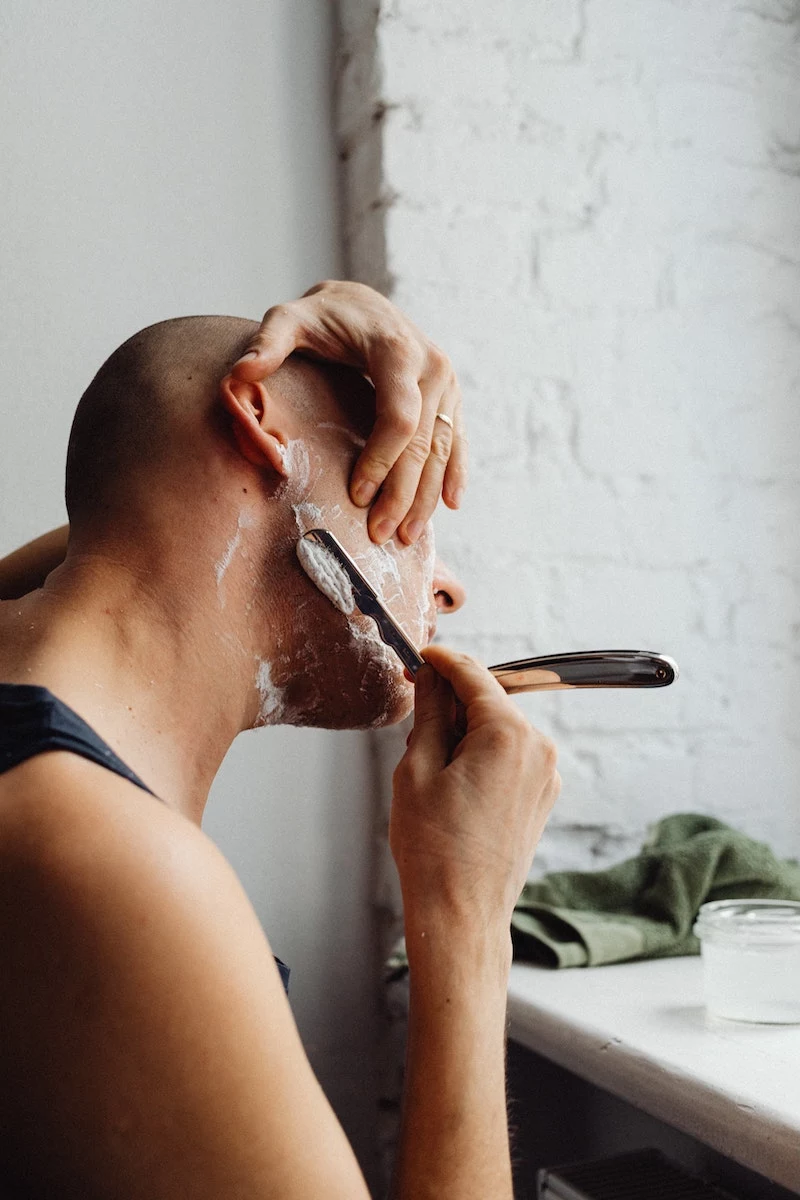
And What About Those Dreaded Razor Bumps?
Razor bumps are a whole different beast. These don’t show up right away; they emerge a day or two later as the hair starts growing back. A razor bump is just an ingrown hair, plain and simple.
It happens in one of two ways:
- The shaved hair grows out of the follicle, but because it has a sharp, angled tip, it curls back and stabs the skin from the outside. Ouch.
- The hair never even breaks the surface. It just curls up and grows sideways right under your skin.
In both scenarios, your body freaks out and treats the trapped hair like a splinter. It launches an inflammatory attack, creating that red, itchy, and sometimes pus-filled bump. Oh yeah, and if you have coarse or curly hair, you’re way more likely to get these. The natural curl of the hair practically encourages it to grow back into the skin.

The Pro’s Prep Routine: Where the Real Magic Happens
In a professional setting, the shave itself is just part of the process. The real battle against bumps is won or lost in the prep work. Skipping these steps is like trying to paint a wall without cleaning or priming it first. Sure, you’ll get it done, but the result will be pretty awful.
Choose Your Weapon Wisely
The razor you use is a huge deal. Marketing has tricked us into thinking more blades are always better, but for sensitive or bump-prone skin, the exact opposite is often true.
Let’s break down the options:
Multi-Blade Cartridges (3-5 blades): These are the most common razors out there, but they have a dark side. They’re designed to use a ‘lift and cut’ method. The first blade pulls the hair up, and the following blades slice it off below the skin’s surface. This is a primary cause of those nasty ingrown hairs that grow sideways under the skin. It’s a recipe for disaster if you’re prone to bumps.
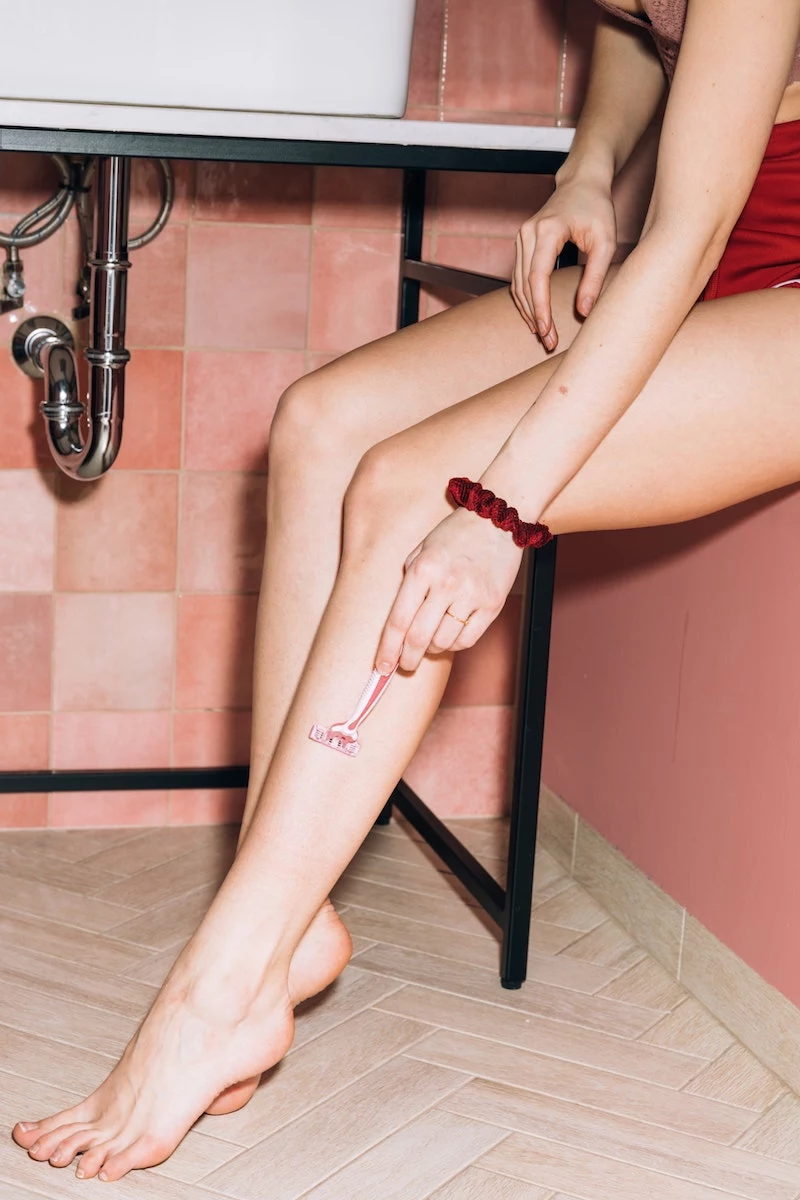
Single-Blade Safety Razors: This is my go-to recommendation for anyone serious about stopping razor bumps. A single, sharp blade cuts the hair cleanly right at the skin’s surface. It doesn’t pull or cut the hair too short. There’s a bit of a learning curve, but it can dramatically reduce ingrown hairs. A good starter model from a brand like Merkur or even the King C. Gillette one you can find at Target will run you about $30-$40 upfront. But here’s the amazing part: a pack of 100 top-tier replacement blades costs around $10. That’s a year’s worth of shaves for the price of a single cartridge refill pack!
Electric Shavers: These can be a solid choice if your skin is extremely sensitive. Foil shavers use a shearing action that’s less irritating, though some rotary shavers can still pull. The shave might not feel ‘baby smooth’, but it’s often a worthy trade-off for zero irritation.

Heads up! A critical rule on blades: A sharp blade is everything. A dull blade causes tugging and scraping. I tell everyone to change a cartridge blade after 5-7 shaves, tops. For a safety razor, the blades are so cheap you should use a fresh one every 1-3 shaves. And please, always rinse your razor in rubbing alcohol after use and let it air dry somewhere outside the humid shower to prevent bacteria from growing on it.
Setting the Stage for a Perfect Shave
Before a blade even thinks about touching skin, you need to prep the area. You can easily do this at home.
1. Get Warm and Wet: Always shave during or right after a warm shower. The steam softens your hair, making it swell with water and become much easier to cut. No time for a shower? Just press a warm, wet washcloth on the area for at least three minutes.

2. A Gentle Cleanse: You have to wash away the dirt, oil, and bacteria first. Use a gentle, pH-balanced cleanser, not a harsh bar of soap that will strip your skin’s protective barrier right before you take a blade to it.
3. Exfoliate Smartly: Exfoliation removes the dead skin cells that clog pores and trap hairs. But be gentle! A harsh, gritty scrub can just create more irritation. I much prefer using a chemical exfoliant the day before you shave, not right before. A toner or pad with salicylic acid (a BHA) is perfect because it gets deep into the pores. You can find it in affordable products like Stridex pads or in more concentrated serums from brands like The Ordinary or Paula’s Choice, usually for under $20.
4. Lube Up (Seriously): Never, ever dry shave. And for the love of all that is holy, step away from those cheap aerosol cans of shaving foam—they’re mostly air and drying alcohols. You need a quality shaving cream, gel, or oil. Look for hydrating ingredients like glycerin, aloe, and shea butter. A good tube of shave cream like Cremo or Proraso will cost you about $8-$15 and will give you a much better protective cushion.
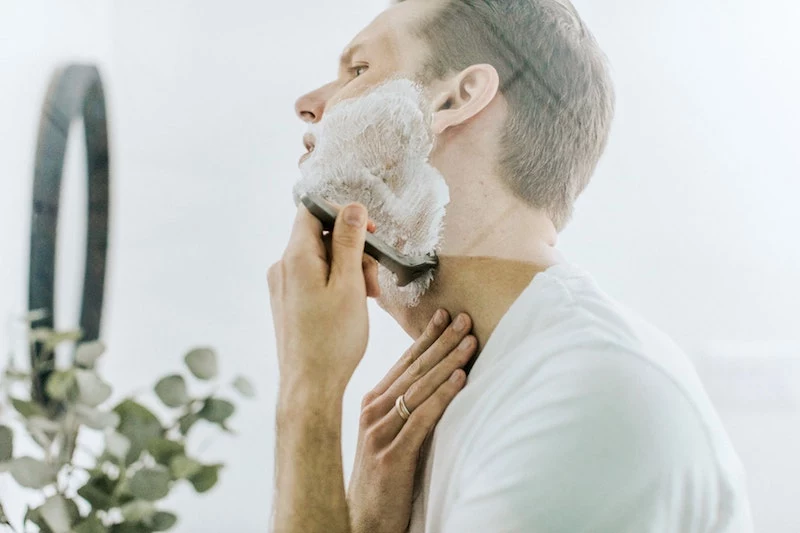
The Shaving Technique That Changes Everything
This is where practice makes perfect. The way you move the razor is the difference between a smooth glide and a painful scrape. It’s a skill anyone can learn.
First, Map Your Hair Growth
This might be the most important lesson of all. You absolutely must know which way your hair grows. Gently run your fingers over the area. The direction that feels smooth is ‘with the grain’. The direction that feels prickly is ‘against the grain’. Be aware that on areas like the neck or bikini line, hair can grow in multiple, swirling directions. You might need a mirror to really map it out.
The Shave: Light, Methodical, and Calm
- First Pass: WITH the Grain. No exceptions. Always start by shaving in the same direction your hair grows.
- Use ZERO Pressure. I mean it. Let the weight of the razor do the work. If you’re using a safety razor for the first time, this is the #1 rule. Find the angle (usually around 30 degrees) where the blade just starts to cut, and maintain that with a light touch.
- Short, Controlled Strokes. Ditch the long, sweeping motions. Use short, 1-2 inch strokes for way more control.
- Rinse, Rinse, Rinse. Rinse the blade under hot water after every single stroke. A clogged razor is a dull, ineffective razor.
- The Second Pass (Optional!): If you absolutely must have a closer shave, re-lather completely and do a second pass across the grain (perpendicular to hair growth). For most people struggling with bumps, I strongly advise sticking to a single pass with the grain. Shaving directly against the grain is asking for trouble.
By the way, if you do nick yourself (it happens to everyone!), don’t freak out. Press a clean towel on it for 20-30 seconds. A styptic pencil, which you can get for a few bucks at any pharmacy, will stop the bleeding instantly.
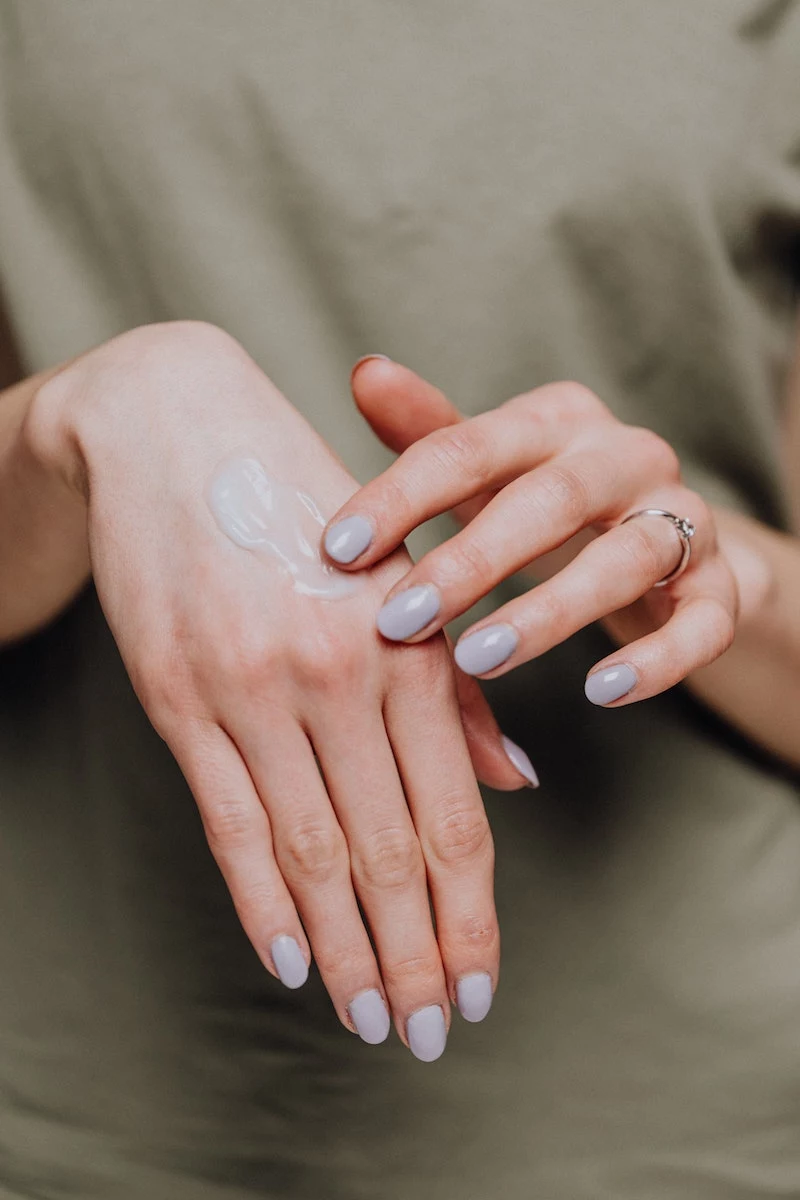
Post-Shave TLC: How to Calm and Protect Your Skin
What you do in the five minutes after you put the razor down is just as important as the shave itself. Think of it as first aid for your skin.
Immediate Soothing Actions
1. Cold Water Rinse: First, rinse the entire area with cool or cold water. This helps constrict blood vessels, which tones down redness almost instantly. It also washes away any leftover cream and tiny hairs.
2. Pat, Don’t Rub: Use a clean, soft towel to gently pat your skin dry. Rubbing will just cause friction and undo all your hard work.
3. Apply a Calming Product: For immediate redness (razor burn), you want an anti-inflammatory. A simple, pure aloe vera gel is great. Products with ingredients like calendula or colloidal oatmeal are also fantastic for calming things down. Whatever you do, avoid anything with alcohol—that classic aftershave ‘sting’ is actually just irritation.

A Quick Word on Different Body Parts
Shaving isn’t one-size-fits-all. The bikini line, for example, has coarser hair and more sensitive skin, so a single pass with the grain is non-negotiable there. For legs, which is a huge area, make sure you’re re-lathering as you go so the shave cream doesn’t dry out. For the face and neck, pay close attention to those swirling hair patterns—you might have to change the direction of your stroke every inch.
Dealing with Stubborn Bumps and When to Get Help
So you followed all the steps, but a stubborn bump still appeared. Don’t beat yourself up! Sometimes one hair is just determined to cause problems.
How to Handle an Existing Ingrown Hair
This is where you can do more harm than good if you’re not careful. Please, never, ever squeeze a razor bump or try to ‘dig’ for the hair. You can cause a much bigger infection and permanent scarring.
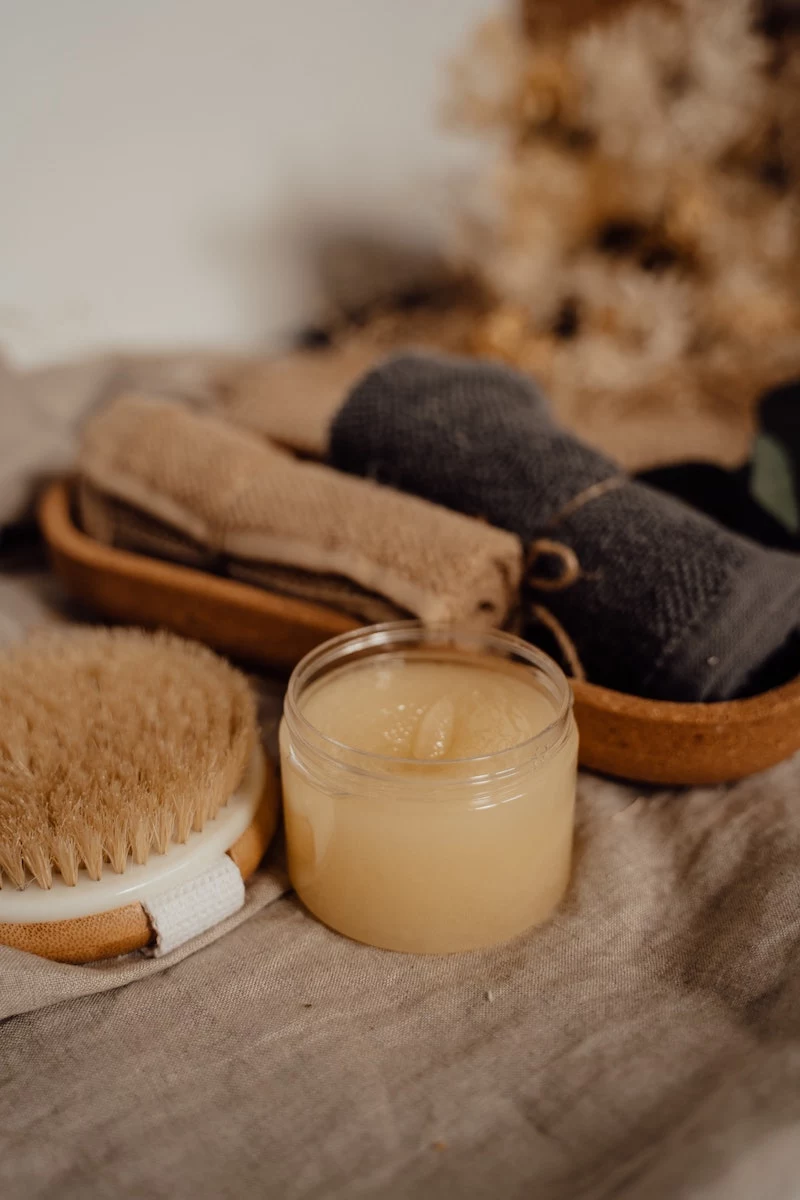
If you can clearly see the hair loop trapped right under the surface, you can carefully attempt to release it. Sterilize a sharp, pointed pair of tweezers with rubbing alcohol. Gently press on either side of the bump to see if the hair will pop out. If not, use the very tip of the tweezer to gently break the skin right over the hair and lift the loop out. The key is to release it, not pluck it! Plucking it out will just reset the cycle. Then, clean the area with a bit of antiseptic.
When At-Home Care Isn’t Enough
If you’re constantly fighting a severe case of razor bumps, it might be time to call in the pros.
- Topical Treatments: A daily chemical exfoliant with salicylic or glycolic acid is your best bet for prevention. For a very inflamed, angry bump, a dab of over-the-counter 1% hydrocortisone cream can reduce redness for a day or two, but it’s not a long-term fix.
- Prescription Options: A doctor can prescribe stronger topical retinoids, which speed up skin cell turnover to help keep follicles from getting clogged in the first place.
- Laser Hair Removal: This is the most effective, permanent solution for severe cases. It’s an investment, for sure. Depending on the area and where you live, you can expect to pay between $150 and $500 per session, and you’ll likely need 6-8 sessions for the best results. But for people who have struggled for years, it can be absolutely life-changing.
Ultimately, learning to shave properly is a skill that takes a little patience. If you commit to these principles of solid prep, careful technique, and calming aftercare, you can make razor bumps and burns a distant memory. Your skin will thank you for it.
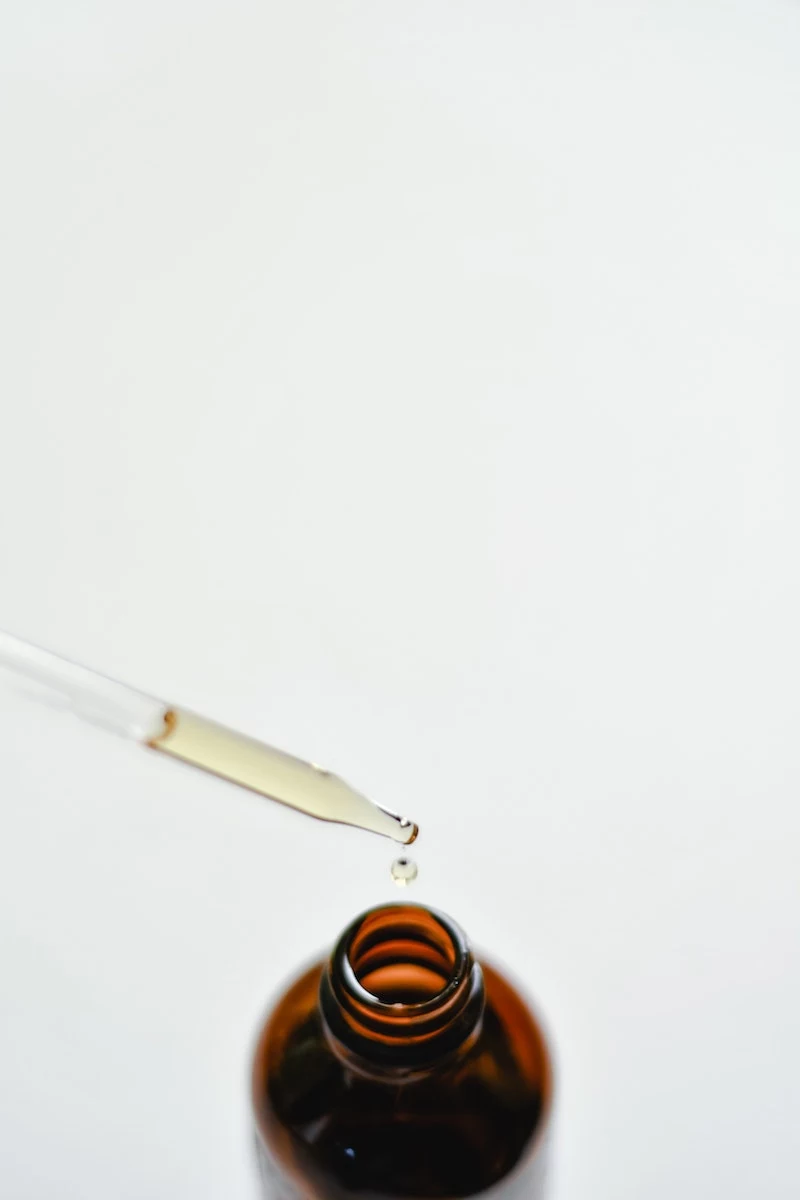
Inspirational Gallery
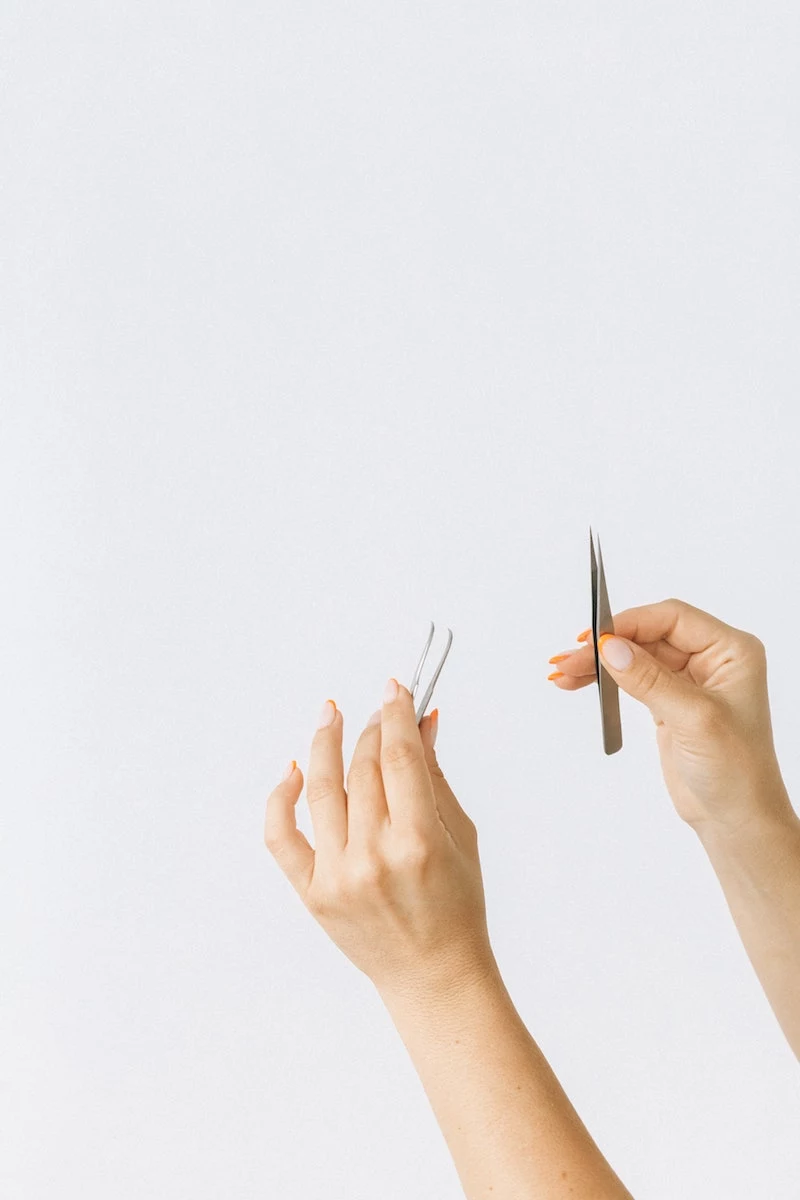
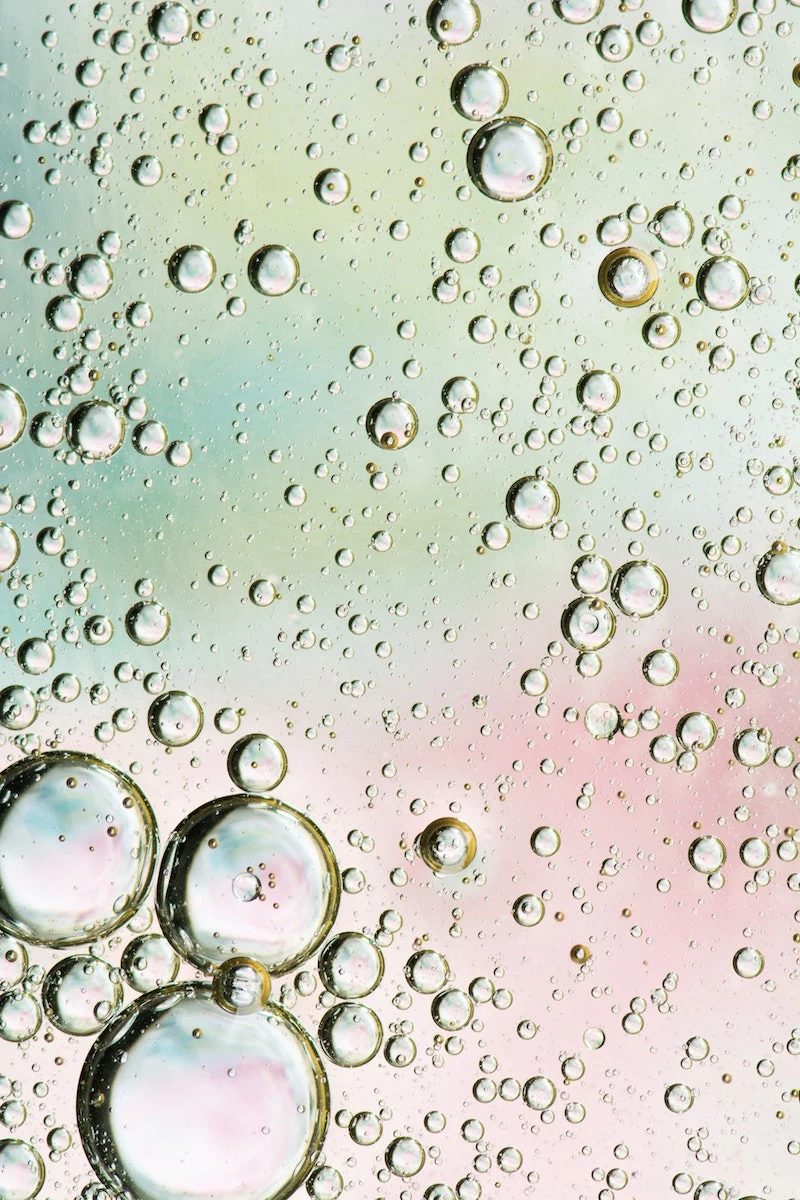
Is a more expensive razor always the secret to a better shave?
Not necessarily. The key isn’t the price tag but the blade design. For skin prone to bumps, many dermatologists recommend a single or double-blade safety razor, like those from Bevel or Merkur. Multi-blade cartridges can pull the hair up before cutting it, allowing it to retract below the skin’s surface and become ingrown. A quality single blade provides a clean slice at the skin level, dramatically reducing the risk of irritation.
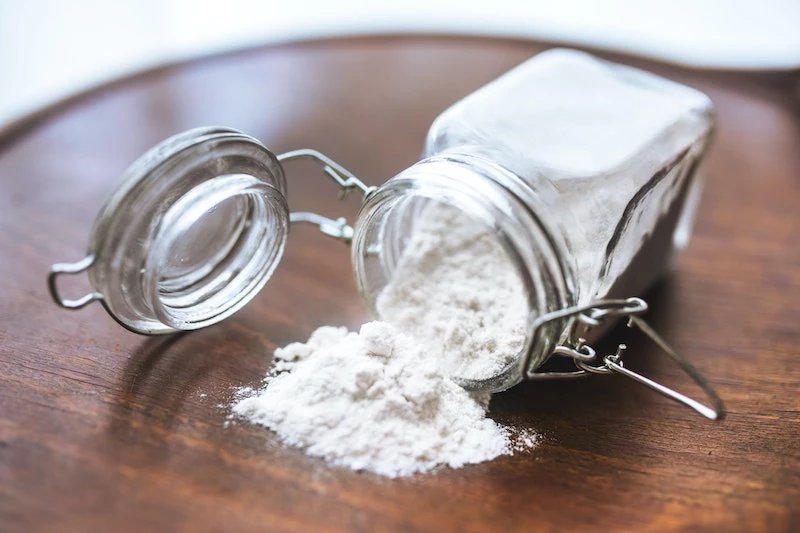
- Reduced redness and irritation.
- A closer, longer-lasting shave.
- Fewer ingrown hairs over time.
The secret? The direction of your stroke. Always start by shaving with the grain (the direction your hair grows). Only after this first pass should you consider a second pass across the grain, but never go directly against it if you’re prone to severe bumps.
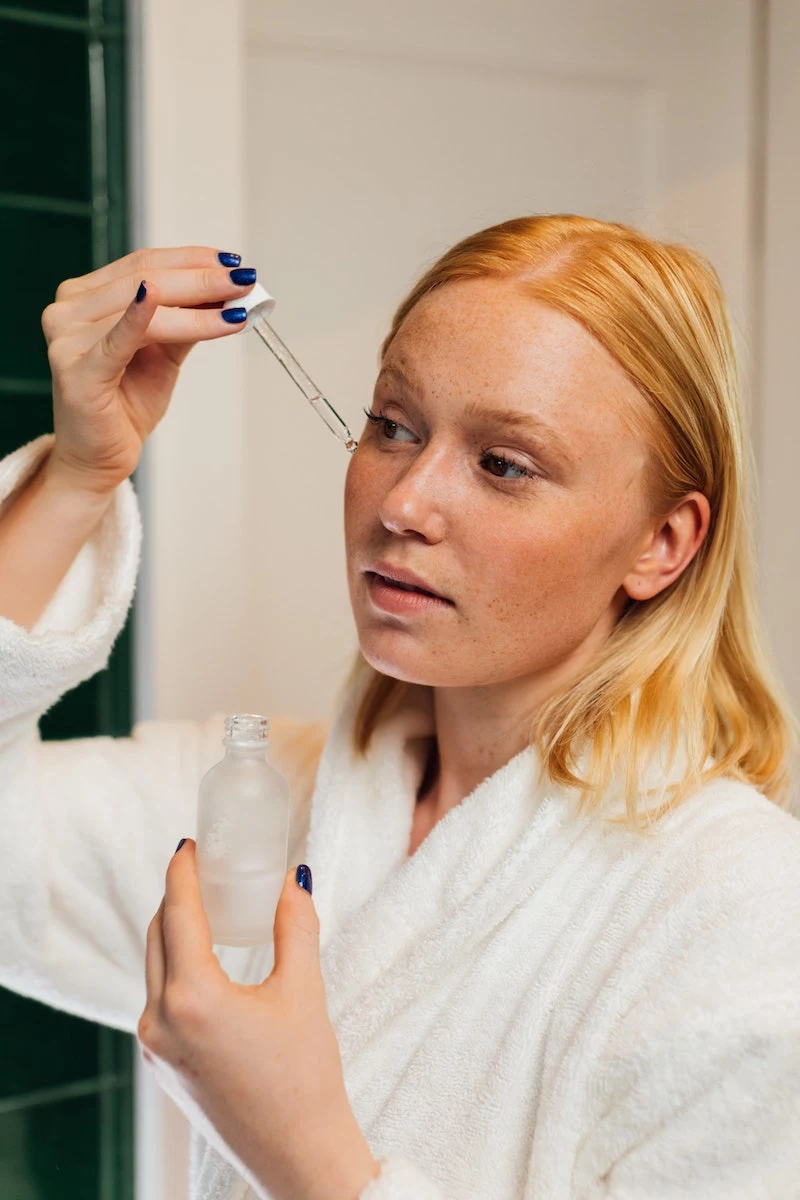
Over 78% of men experience some form of skin irritation from shaving.
This staggering number shows you’re not alone. The shift from seeing shaving as a chore to a ritual is key. It means dedicating a few extra minutes to proper prep and aftercare, which is the single biggest factor in moving from the irritated majority to the smooth-skinned minority.
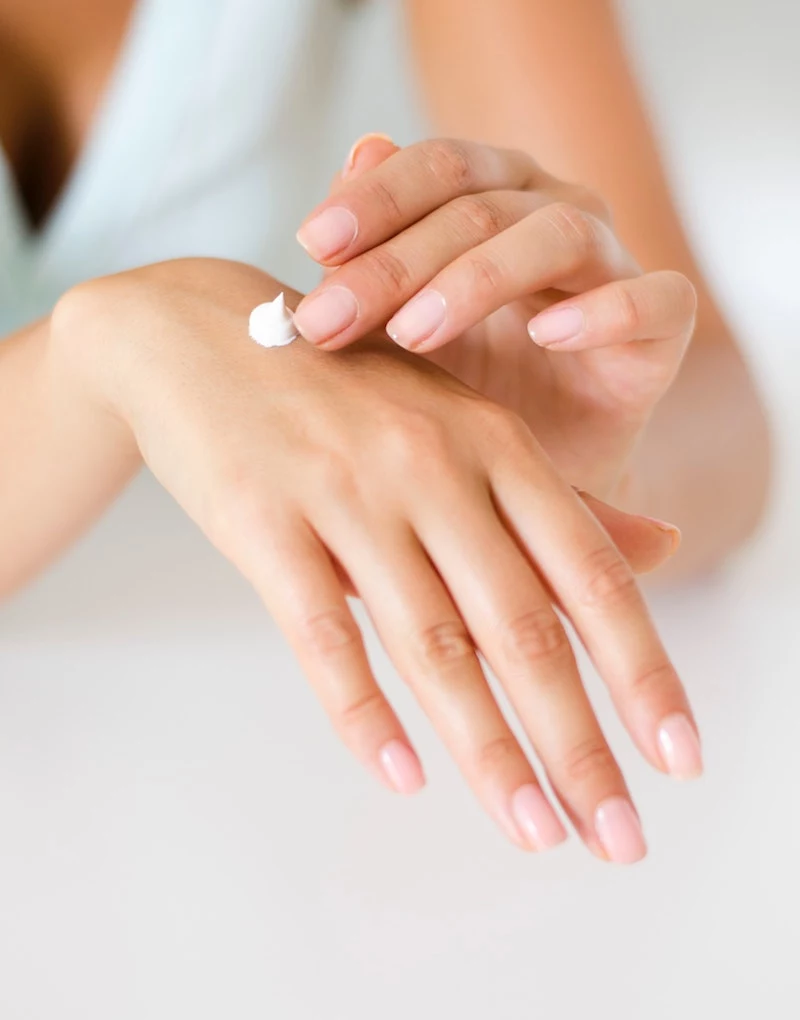
The moments immediately after you shave are critical. Resist the urge to vigorously rub your skin dry with a towel. This friction can instantly trigger inflammation. Instead, gently pat the area with a clean, soft towel. This simple switch in technique preserves your skin’s delicate barrier and prevents the initial flare-up that leads to burn and bumps.
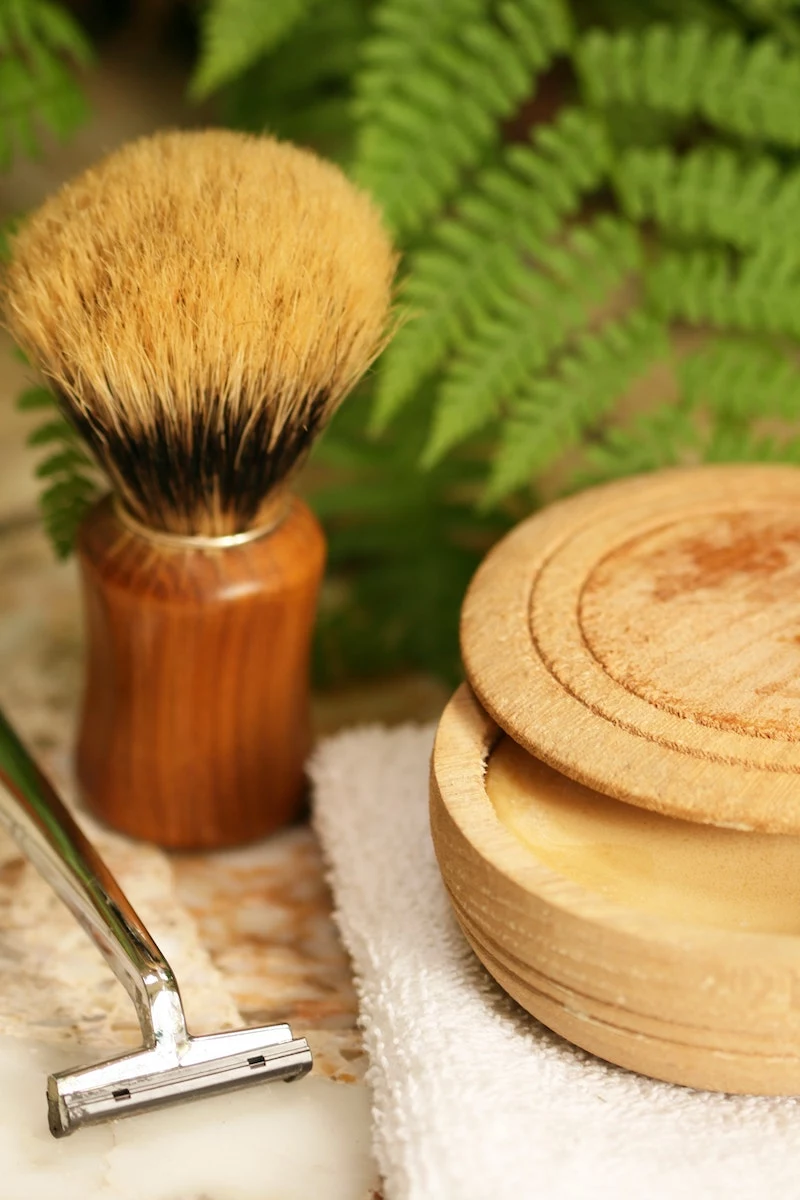
Think beyond the shave itself. The 24 hours following are just as important. Your freshly shaved skin is vulnerable, so it’s best to:
- Wear loose, breathable clothing (like cotton) over the shaved area to minimize friction.
- Avoid applying heavily perfumed lotions or alcohol-based splashes, which can sting and cause redness.
- Skip intense workouts that cause excessive sweating and salt buildup on sensitive skin.
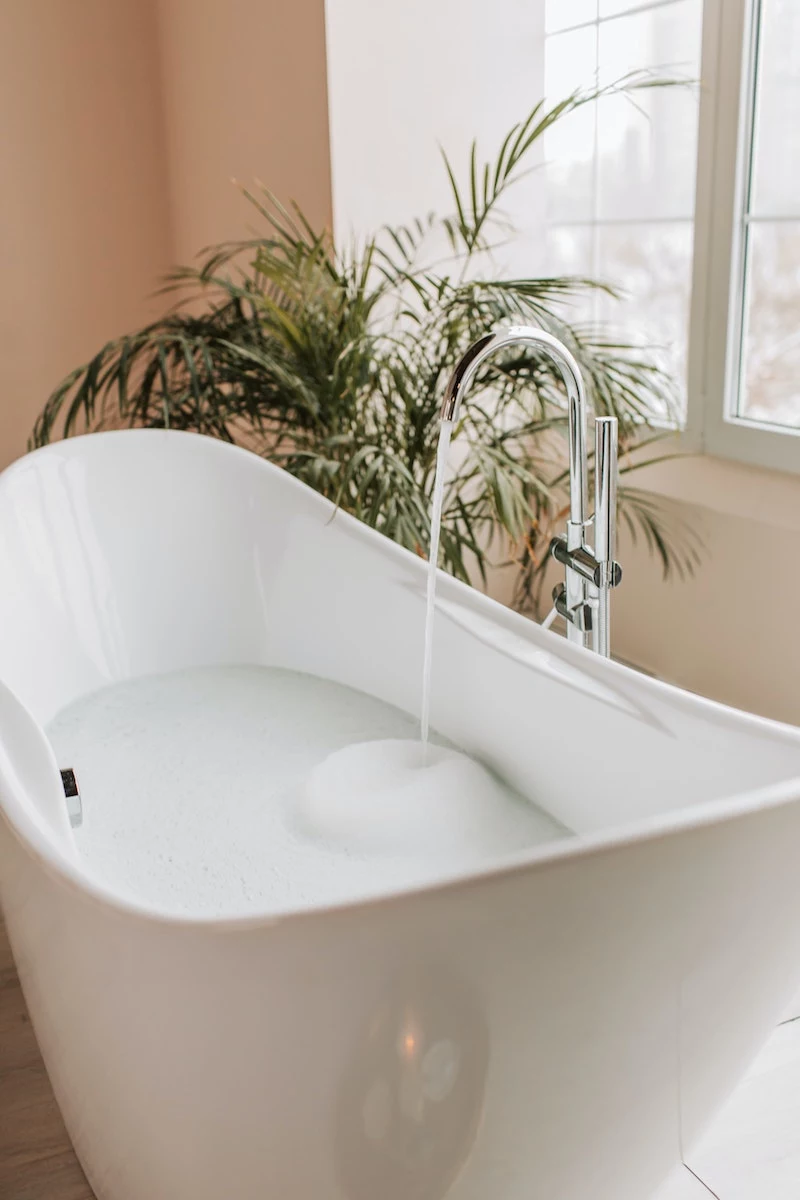
Chemical Exfoliant: Uses acids like glycolic or salicylic acid to dissolve the bonds holding dead skin cells together. Great for preventing ingrown hairs as it works within the pore. Products like The Ordinary’s Glycolic Acid 7% Toning Solution are effective and affordable.
Physical Exfoliant: Uses fine particles (like sugar or jojoba beads) or a brush to manually slough off dead skin. Best for clearing surface buildup before a shave.
For bump-prone skin, a gentle chemical exfoliant used a day or two before shaving is often the superior choice.

Harness the power of the kitchen cabinet for instant relief. An oatmeal compress can work wonders on fiery razor burn.
- Grind a quarter-cup of plain, uncooked oatmeal into a fine powder.
- Mix with just enough water or cool milk to form a thick, spreadable paste.
- Apply a thin layer to the irritated area and let it sit for 10-15 minutes before rinsing with cool water. The avenanthramides in oatmeal are natural anti-inflammatories.

Important: A dull blade is a dangerous blade. It doesn’t glide; it drags and pulls, scraping off skin cells and yanking hairs. This is a primary cause of both razor burn and ingrown hairs. Don’t wait for a painful shave to tell you it’s time for a change. For best results, replace your blade or disposable razor every 5-7 shaves, or sooner if you feel any tugging.
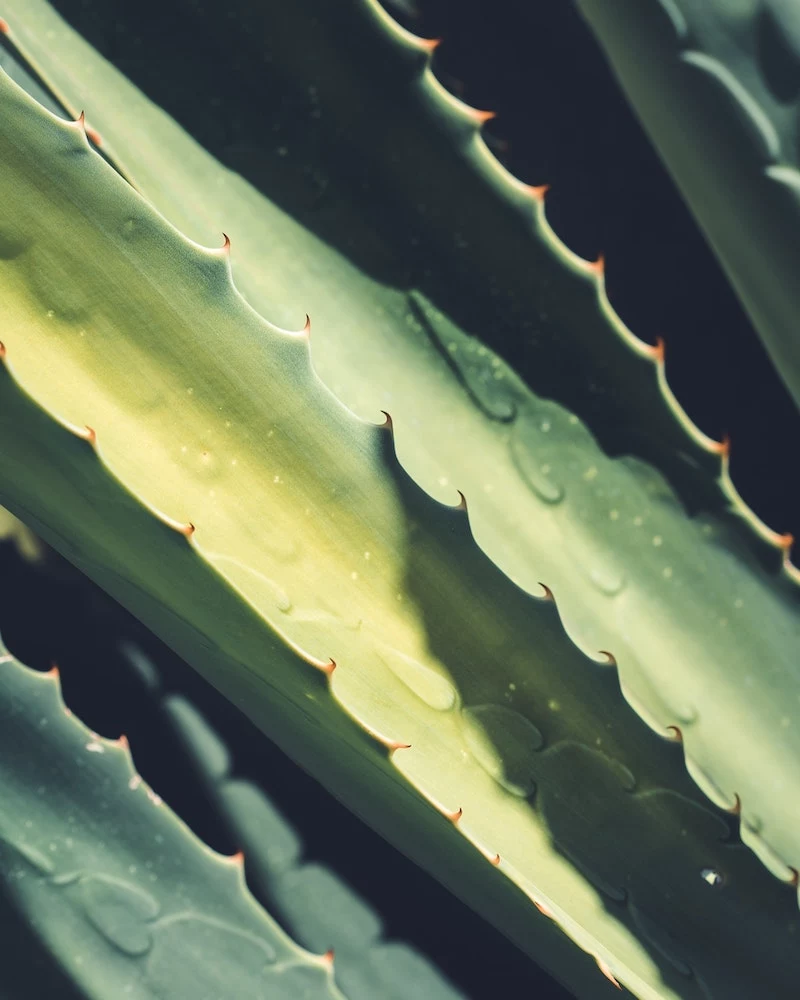
Tea Tree Oil is a potent natural antiseptic and anti-inflammatory.
But never apply it directly to the skin, as its pure form is too strong and can cause irritation. Instead, look for it as a key ingredient in aftershave balms and treatments, or create a DIY spot treatment by adding just one or two drops to a tablespoon of a carrier oil like jojoba or coconut oil before dabbing it onto bumps.
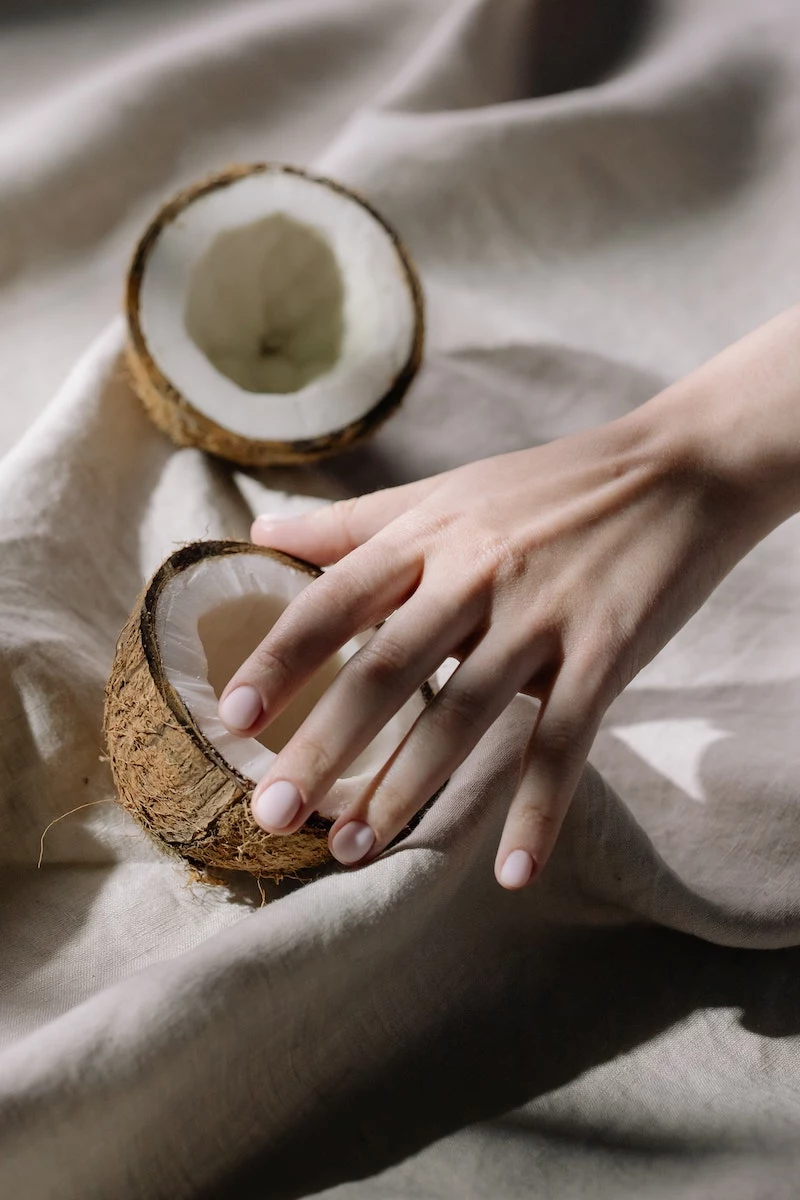
The feeling of a traditional hot towel shave from a master barber isn’t just a luxury; it’s a lesson in skin preparation. You can mimic the effect at home by soaking a small, clean towel in hot (not scalding) water, wringing it out, and pressing it onto the area you plan to shave for 2-3 minutes. This softens the hair and opens up the pores, making the razor’s job infinitely easier.
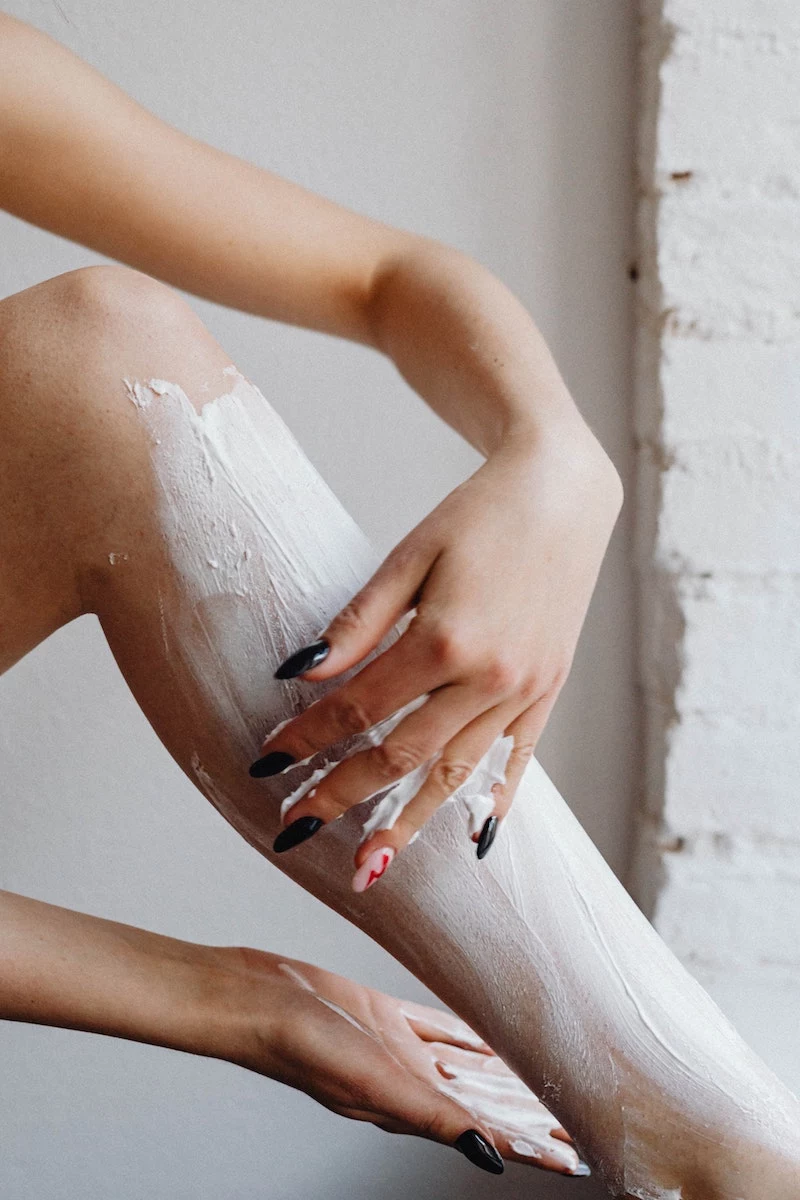
That stinging, alcohol-based aftershave splash? It’s time to retire it. While it provides a momentary clean feeling, the alcohol strips your skin of its natural oils, leading to dryness, tightness, and a compromised moisture barrier. This can worsen irritation in the long run. Opt for a hydrating, alcohol-free balm containing ingredients like aloe vera, niacinamide, or calendula to soothe and repair.
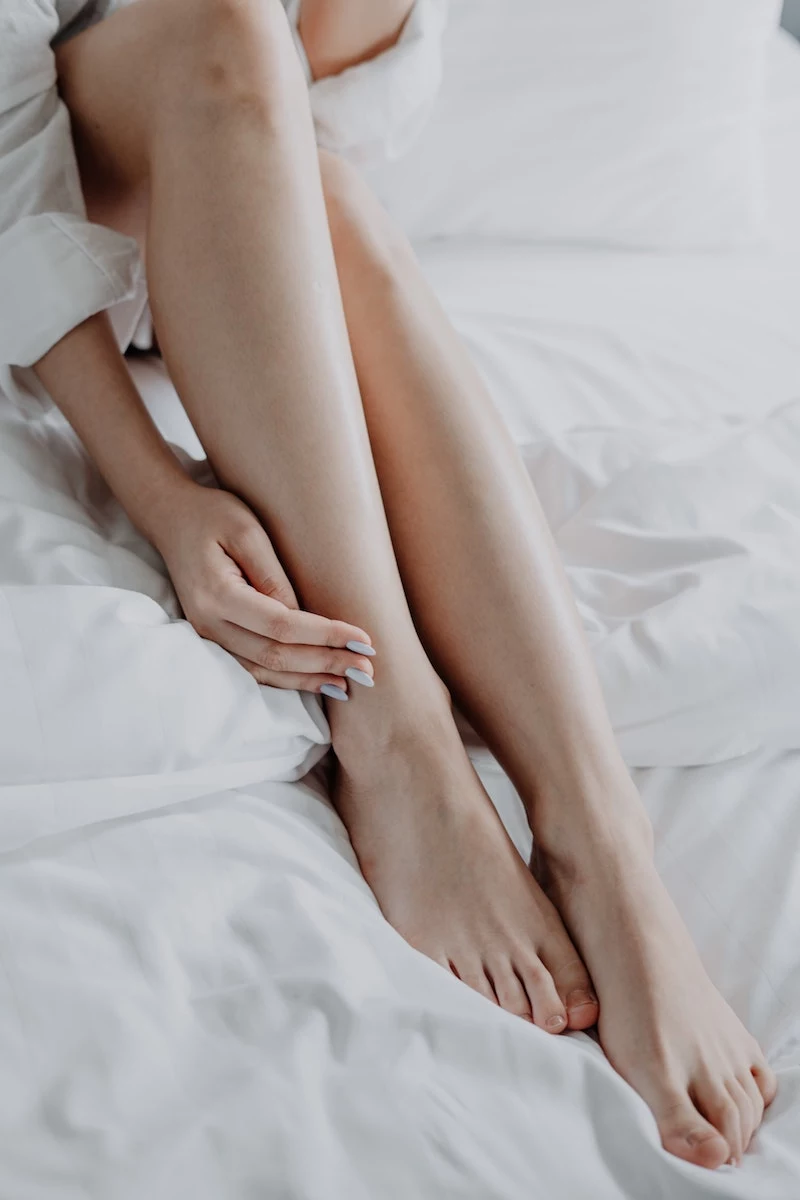
The right temperature can make or break your shave.
Shaving with lukewarm water is the sweet spot. Water that’s too hot can strip the skin and cause over-drying and redness, while cold water won’t be as effective at softening the hair follicles, leading to more tugging and pulling from the razor.
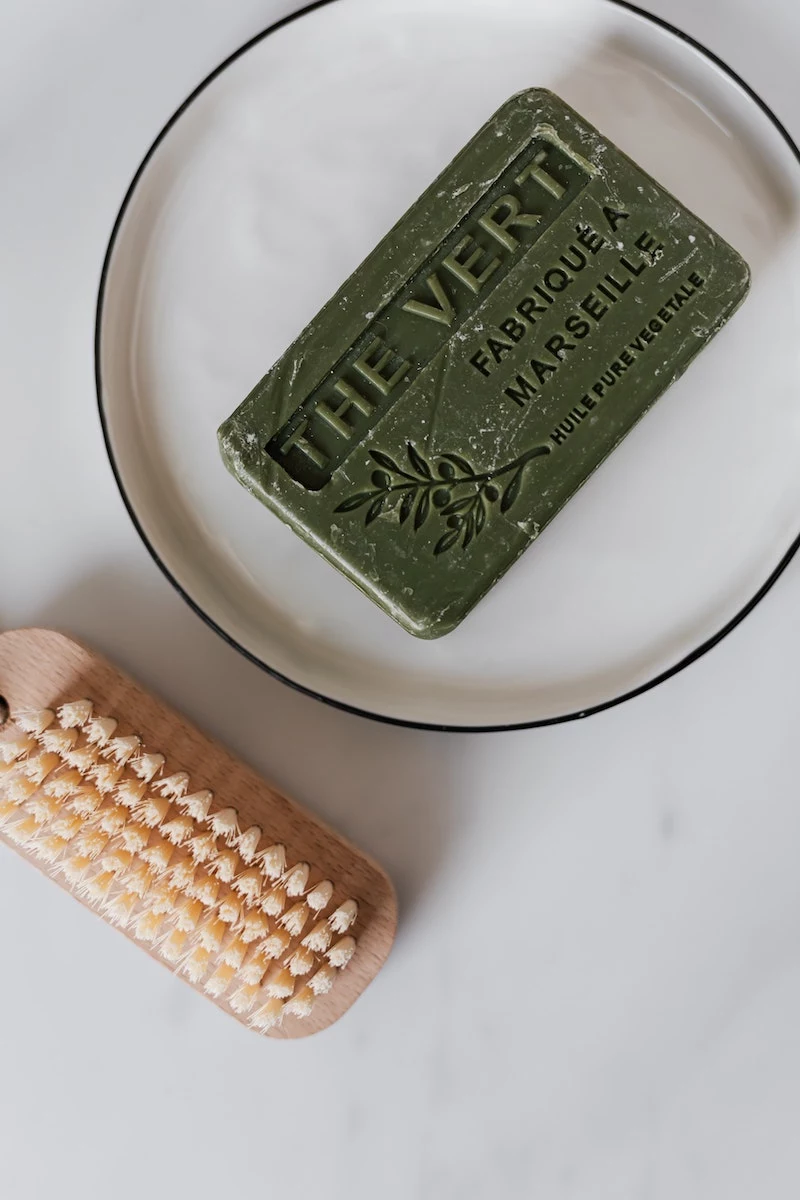
Shaving Cream: Typically thick and foamy, creating a rich, protective cushion between the blade and your skin. Excellent for visual guidance on where you’ve shaved. Brands like The Art of Shaving offer luxurious, tallow-based options.
Shaving Oil: A thinner, transparent lubricant that provides incredible glide and helps moisturize the skin. It allows you to see the hair you’re cutting, making it ideal for precision work around beards or sensitive areas.
Many people get the best of both worlds by applying a few drops of shave oil *before* lathering up with cream.
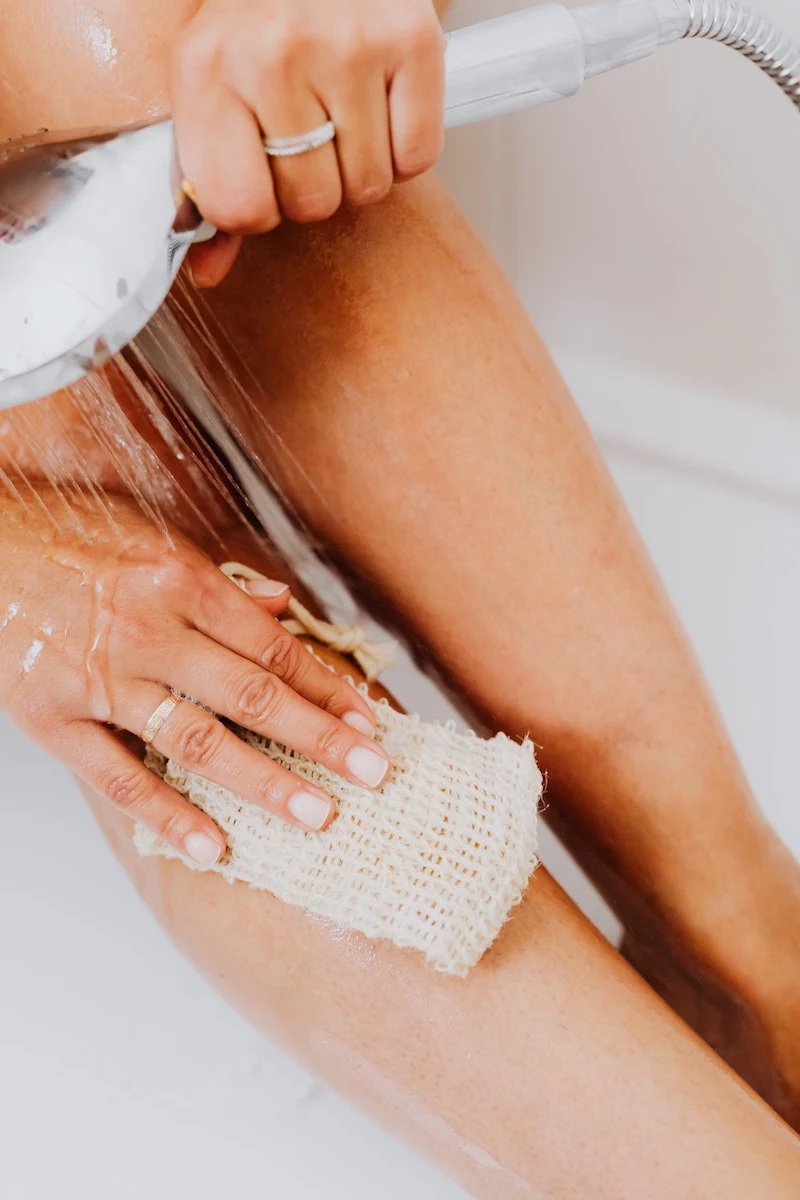
If you see salicylic or glycolic acid on a product label, you’ve found a powerful ally against razor bumps. These chemical exfoliants (BHAs and AHAs) work by gently dissolving the dead skin cells and oil that can clog hair follicles, trapping the hair. Using a toner or serum with these ingredients, like the popular Tend Skin Solution, a day after shaving helps free any potential ingrowns before they become inflamed bumps.
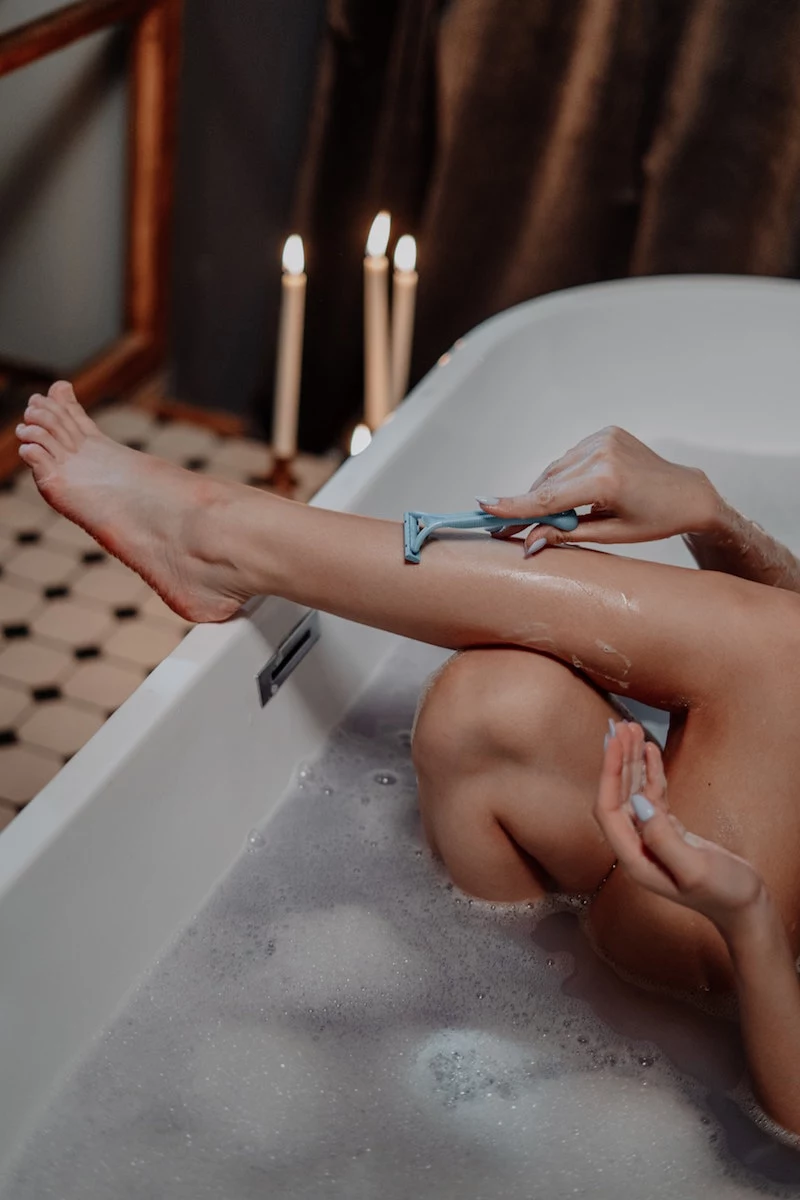
Once the razor is down, the healing begins. Imagine the sensation of applying a cool, fragrance-free aloe vera gel to freshly shaved skin. It’s not just about the immediate relief from any warmth or stinging; it’s a moment of active repair. The gel forms a light, non-greasy barrier that hydrates and calms, letting your skin breathe and recover peacefully without the stickiness of a heavy cream.
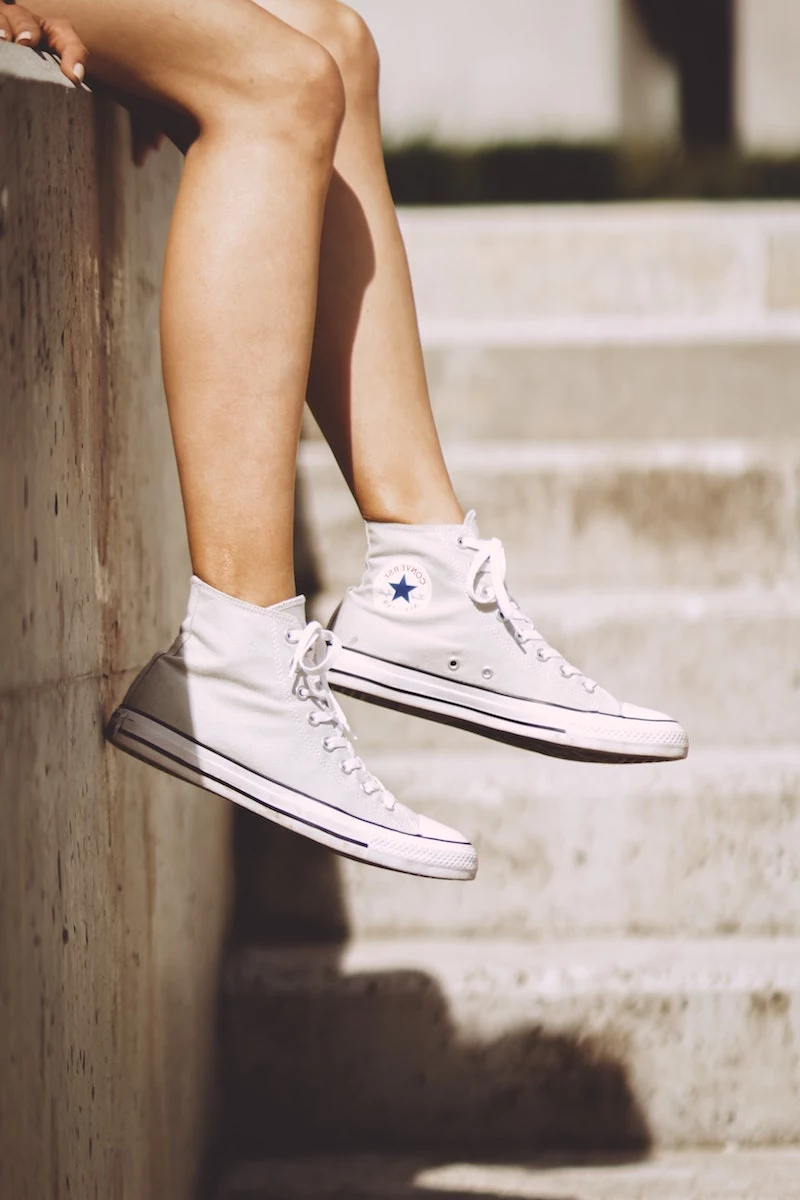
- Clean your razor with hot water after every single stroke to prevent hair and cream from clogging the blades.
- Store your razor upright in a dry, open space—not in the humid shower stall. This prevents rust and bacterial growth.
- Never tap the razor head on the sink, as this can misalign and damage the fine blades.
Can’t I just use regular soap or body wash?
You can, but you shouldn’t. Soaps are designed to strip away oils, which is the opposite of what you need for a smooth shave. A proper shaving cream, gel, or oil is specifically formulated to provide lubrication and a protective barrier. This allows the razor to glide over your skin rather than dragging across it, drastically reducing friction and the resulting irritation.










